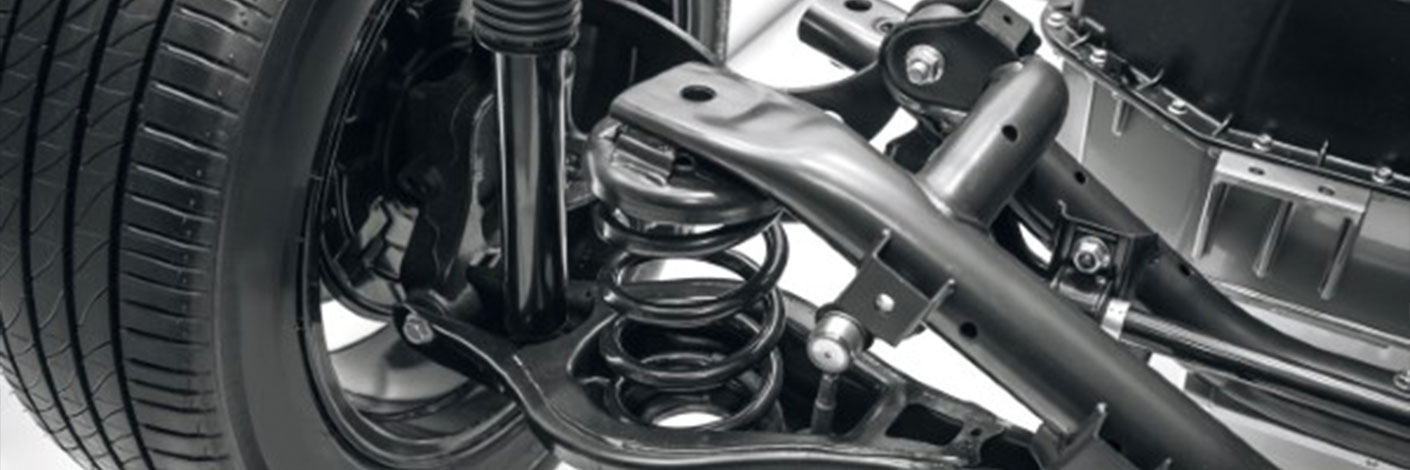In the dynamic world of automobiles, the suspension system plays a pivotal role in ensuring not only a smooth ride but also the overall health and performance of your vehicle. Much like the way the right engine oil can dramatically enhance the performance and longevity of your car, a well-maintained suspension system is key to the vehicle’s operational excellence.
WHAT DOES THE SUSPENSION DO?
A car’s suspension system is fundamentally designed to maximize friction between the tires and the road surface, provide steering stability, and ensure passenger comfort. It’s an intricate dance of components that absorb and dampen the shocks from the road, allowing for a controlled and comfortable ride.
The magic of the suspension system lies in its ability to balance these elements, ensuring that the wheels remain in constant contact with the road, providing the driver with the necessary handling and braking.
SUSPENSION SYSTEM PARTS
Understanding the suspension system requires familiarity with its key components. It consists of several parts, including:
- Springs
- Shock absorbers (or struts)
- Control arms
- Anti-sway bars
Each part has a distinct role, from the springs that support the vehicle’s weight to the shock absorbers that absorb and dampen the vibration, ensuring the tires stay on the road for optimal control.
HOW TO MAINTAIN SUSPENSION SYSTEM
Maintenance of the suspension system is crucial. This includes periodic checking of the shocks and struts for signs of wear or leaks, ensuring the springs are in good condition, and maintaining proper wheel alignment. Regular checks can prevent minor issues from escalating into major problems, thereby extending the life of your vehicle’s suspension system.
HOW TO SPOT SIGNS OF PROBLEMS AND TROUBLESHOOT
Awareness of potential suspension issues is vital. Common signs of suspension problems include uneven tire wear, poor handling, excessive bouncing after hitting a bump, and unusual noises.
If you notice any of these symptoms, it’s important to conduct a thorough inspection or consult a professional. Often, issues can be resolved by replacing worn-out parts, ensuring proper alignment, or adjusting the suspension settings.
QUESTIONS & ANSWERS
HOW OFTEN SHOULD I CHECK MY CAR’S SUSPENSION SYSTEM?
Regular checks every 12,000 miles or once a year is advisable. However, if you frequently drive on rough roads, more frequent checks may be necessary.
CAN I PERFORM SUSPENSION MAINTENANCE MYSELF?
Basic inspections can be done at home, but for detailed checks and repairs, it’s recommended to consult a professional mechanic.
WHAT IS THE AVERAGE LIFESPAN OF A SUSPENSION SYSTEM?
While it varies, a suspension system can last between 50,000 to 100,000 miles depending on usage and maintenance.


